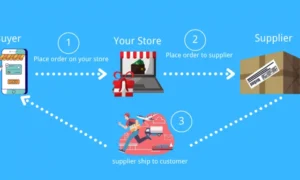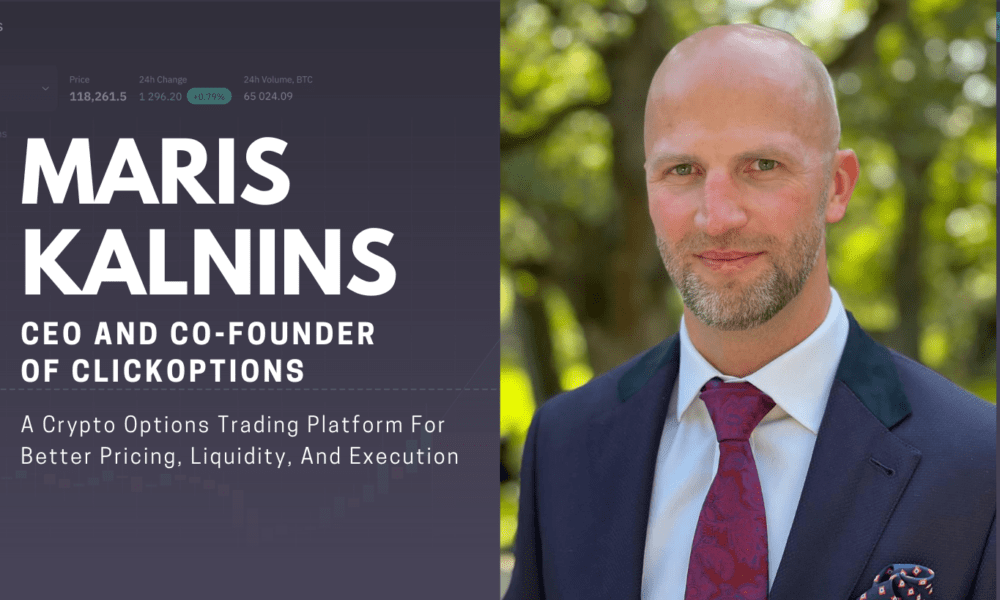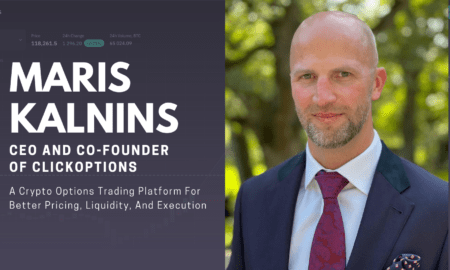Introduction: The Bait-and-Switch Problem in Business Software
In the world of SaaS, the pattern is familiar—and frustrating.
You sign up for a sleek business tool. It’s free, simple, and promising. But within weeks, you hit a limit. Want to process more payments? Upgrade. Need to add a team member? Upgrade. Want phone support or basic reporting? You guessed it—upgrade.
For many business owners, software that was supposed to streamline operations becomes another unpredictable line item. The more your company grows, the more the software seems to work against you.
Sabeer Nelli, founder and CEO of Zil Money and Zil.US, saw that problem early—and decided to solve it from the ground up. He built a business finance platform that doesn’t punish scale—it supports it.
And in doing so, he created something rare in fintech: a toolkit that adapts to users as they grow, without locking features behind a paywall or forcing them to abandon what they’ve already learned.
From Gas Stations to Growth Software: An Operator’s Perspective
Nelli isn’t a Silicon Valley founder chasing trends. Before Zil Money, he was managing day-to-day operations across a chain of fuel stations and convenience stores in Texas. At the time, his biggest challenge wasn’t operations—it was the software that was supposed to help with operations.
His frustration wasn’t that tools were missing features. It was that:
- The tools didn’t talk to each other
- Each one had its own limits, hidden fees, and confusing pricing
- Scaling meant starting over with new software every few years
Instead of continuing to patchwork his systems, he built one of his own—then made it public.
That project became Zil Money: a unified platform to handle check printing, ACH transfers, wire payments, payroll, and business payments from a single interface.
The Zil Money Model: Scalable, Not Segmented
Most SaaS tools are built around tiered pricing that limits user access to core functions:
- Entry-level tiers often block key features
- Upgrades unlock automation, analytics, or integrations
- Pricing is based on number of users, payment volume, or data stored
Zil Money flips that model by focusing on scale, not segmentation:
- Features are modular but not gated
- Accounts grow based on usage—not pricing pressure
- Support is offered to all users, not just “premium” tiers
- Integrations are included, not upsold
Whether you’re a single-location plumbing business or a global service firm with remote contractors, you’re using the same underlying system—no forced migrations, no hidden ceilings.
Real Growth, Real Users, No Traps
This flexible approach is the reason why over a million users—from startups to scaled operations—use Zil Money daily to:
- Print checks without pre-ordering stock
- Send same-day ACH and wires
- Pay vendors and contractors in the U.S. and abroad
- Run payroll with built-in compliance
- Open business checking accountswithout branch visits
What’s missing? The hidden prompts to “unlock” more. Because they don’t need to exist.
Zil Money’s growth isn’t built on upsells. It’s built on use.
“No-Switch Cost” Philosophy: Keep What Works, Add What You Need
Another core part of Sabeer Nelli’s vision is minimizing switching costs. Most platforms make you outgrow them. Zil Money is built to stretch with you.
- Start with check printing → add ACH
- Add ACH → expand to wires
- Add wires → automate payroll
- Automate payroll → manage vendors globally
- Need separation of funds? Open a new account instantly via Zil.US
The difference? You’re not switching platforms. You’re growing within one that’s built to expand.
And your team doesn’t need retraining. The same dashboard, interface, and logic persist—whether you’re running $5K a month or $500K.
Use Case: Scaling Without Disruption
Consider a digital marketing agency that began using Zil Money to print checks and pay local vendors. As the team expanded, they added:
- ACH transfers for contractors
- Recurring payroll payments
- A global wire capability for overseas freelancers
- Multiple USbusiness accounts to separate marketing spend, payroll, and tax reserves
- Team-level permissions for their finance staff
At no point did they have to “graduate” to a new tool. At no point were they nudged to upgrade for mission-critical features.
Zil Money simply kept pace—quietly, consistently, and without pressure.
Why Other SaaS Models Break at Scale
Most SaaS companies use pricing tiers to align revenue with user growth. On paper, it makes sense.
In practice, it creates:
- Frustration when you hit arbitrary feature walls
- Disruption when you’re forced to migrate or upgrade tools
- Loss of time, data, and workflow continuity
Worse, businesses end up designing operations around the limits of their software—instead of the other way around.
Nelli knew that wouldn’t work for his own business. So he made sure Zil Money would never force that compromise on others.
Founder-Led Simplicity, Customer-Led Expansion
This growth-without-punishment model only works because Zil Money listens—and builds—for the customer.
Sabeer Nelli still reviews feedback weekly. His team doesn’t push flashy roadmap features unless they solve a clear operational problem.
That’s why:
- Zil Money feels stable, not experimental
- Features evolve from actual user requests
- Every addition is usable on day one—not locked behind onboarding calls or upsells
It’s not growth hacking. It’s growth by design.
Key Takeaways for SaaS Founders
If you’re building a product and want your users to stick around—and scale—Nelli’s approach offers clear lessons:
- Grow with the user, not against them
Don’t punish usage. Design systems that welcome it.
- Avoid tiered traps for essential features
If a feature is mission-critical (like payments or support), don’t lock it behind a plan.
- Design for retention, not just acquisition
Zil Money keeps users not with hooks—but with consistent value.
- Think platform, not product
Modular design lets users expand their toolset without leaving your ecosystem.
Conclusion: Scaling Shouldn’t Hurt
For too many businesses, growth means disruption. New tools. New training. New fees.
But with Zil Money, scaling means continuity. The same dashboard. The same logic. More capability, not more complication.
That’s the kind of infrastructure Sabeer Nelli built—one that works for real operators, whether they’re cutting 3 checks a week or wiring funds across 3 continents.
There are no gotchas. No upsell traps. No forced transitions.
Just a platform that respects your growth—and matches it.


































